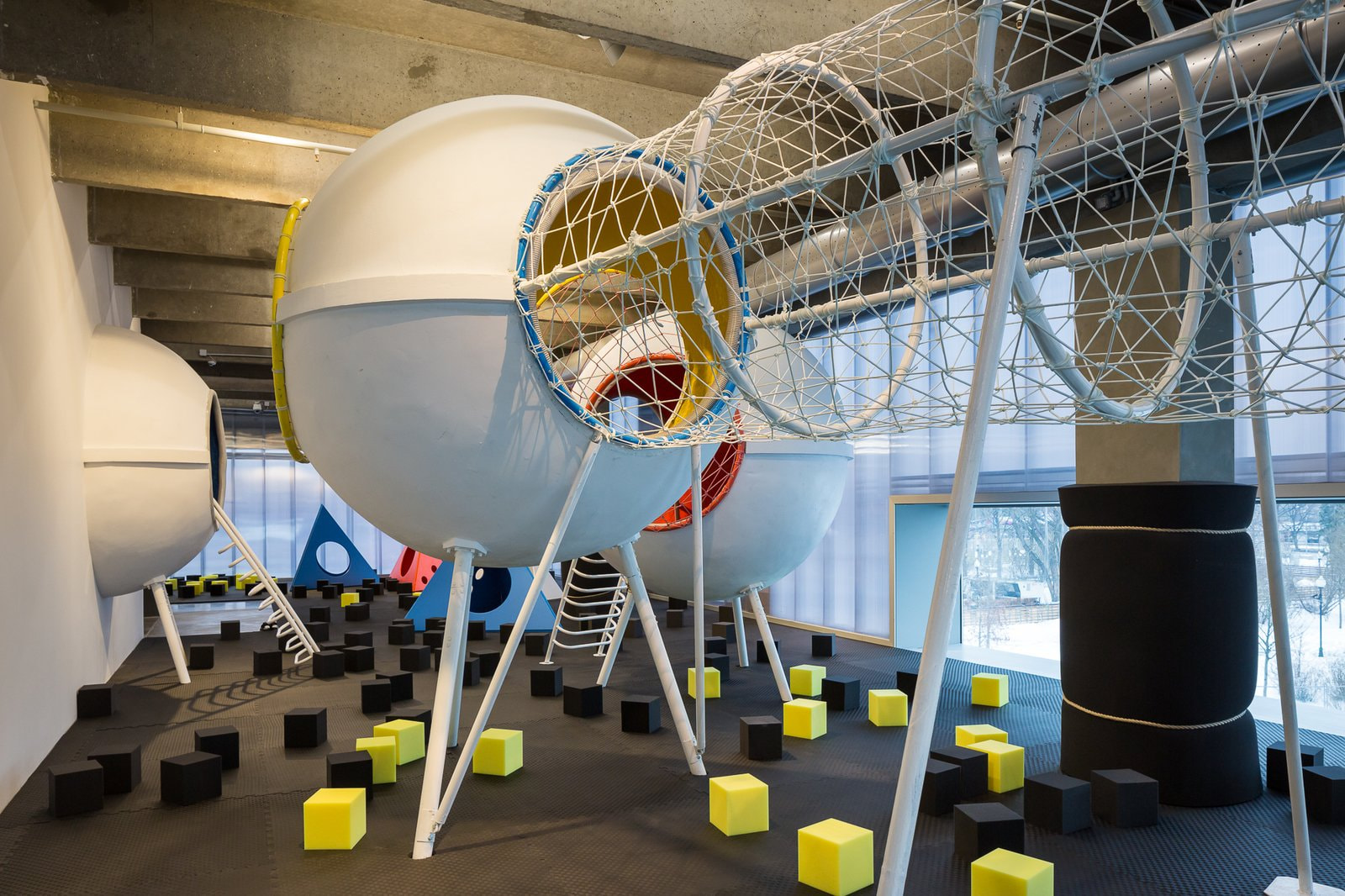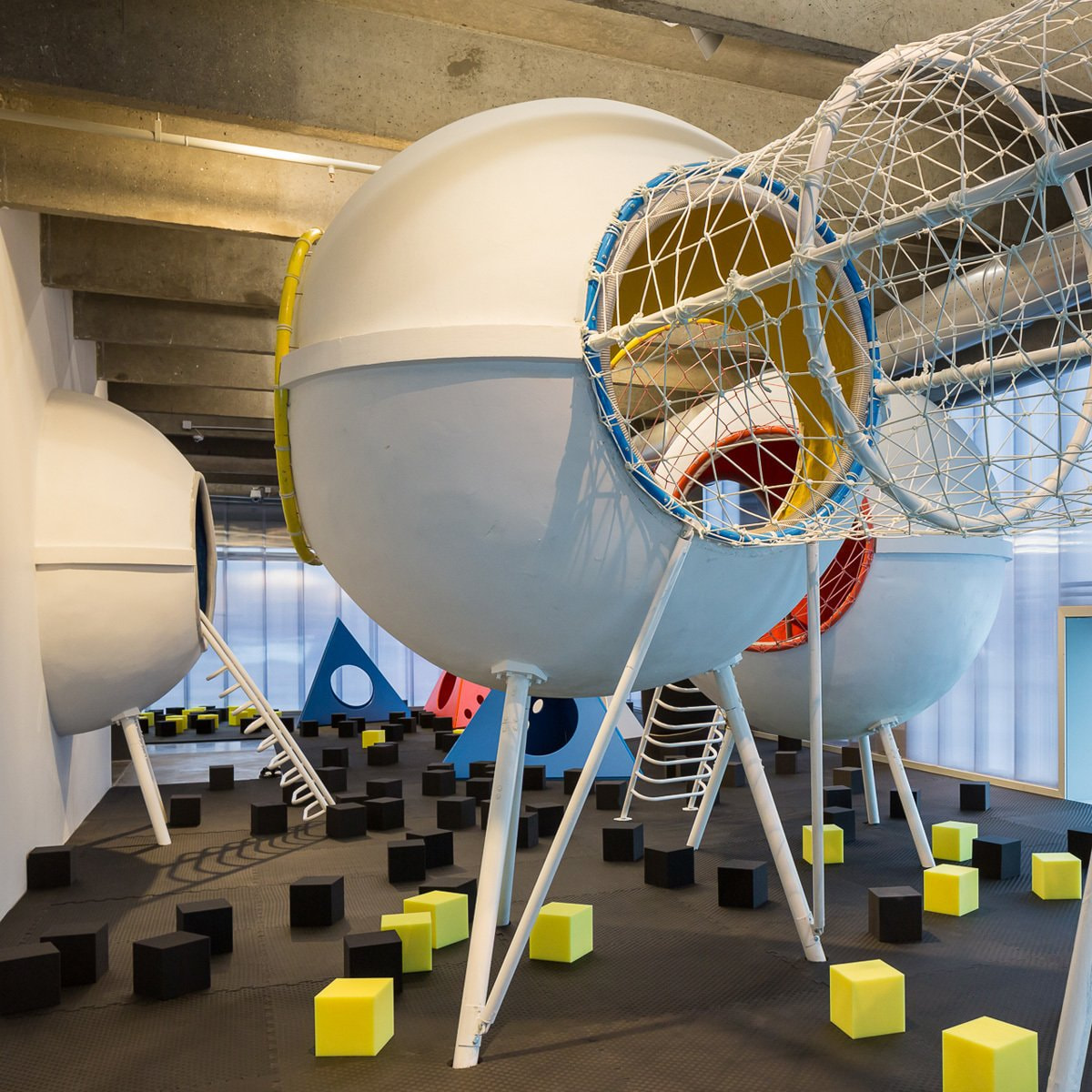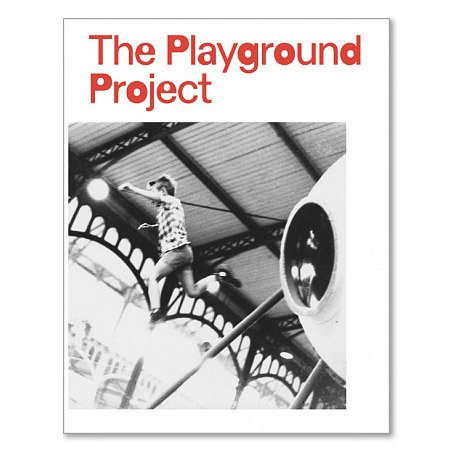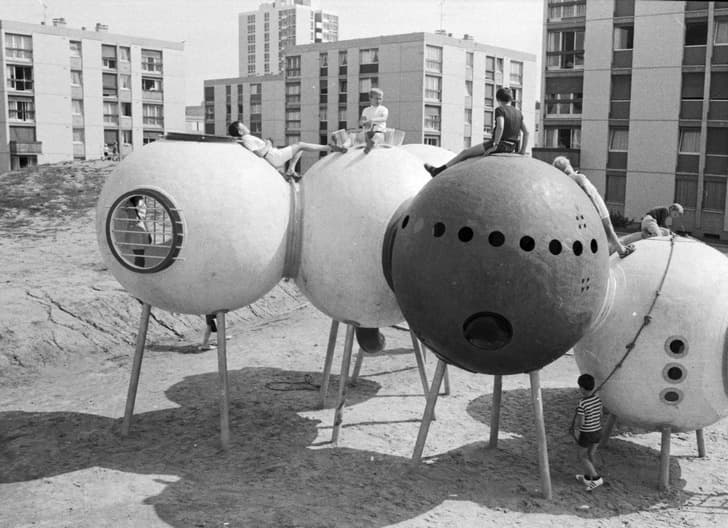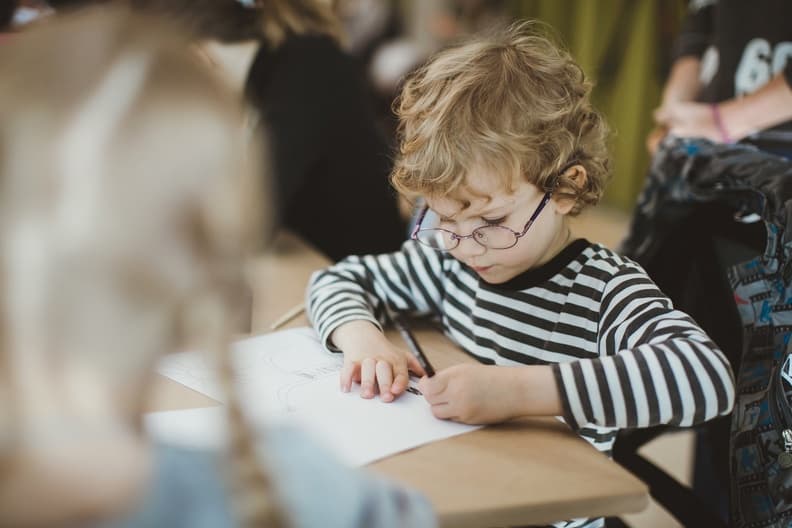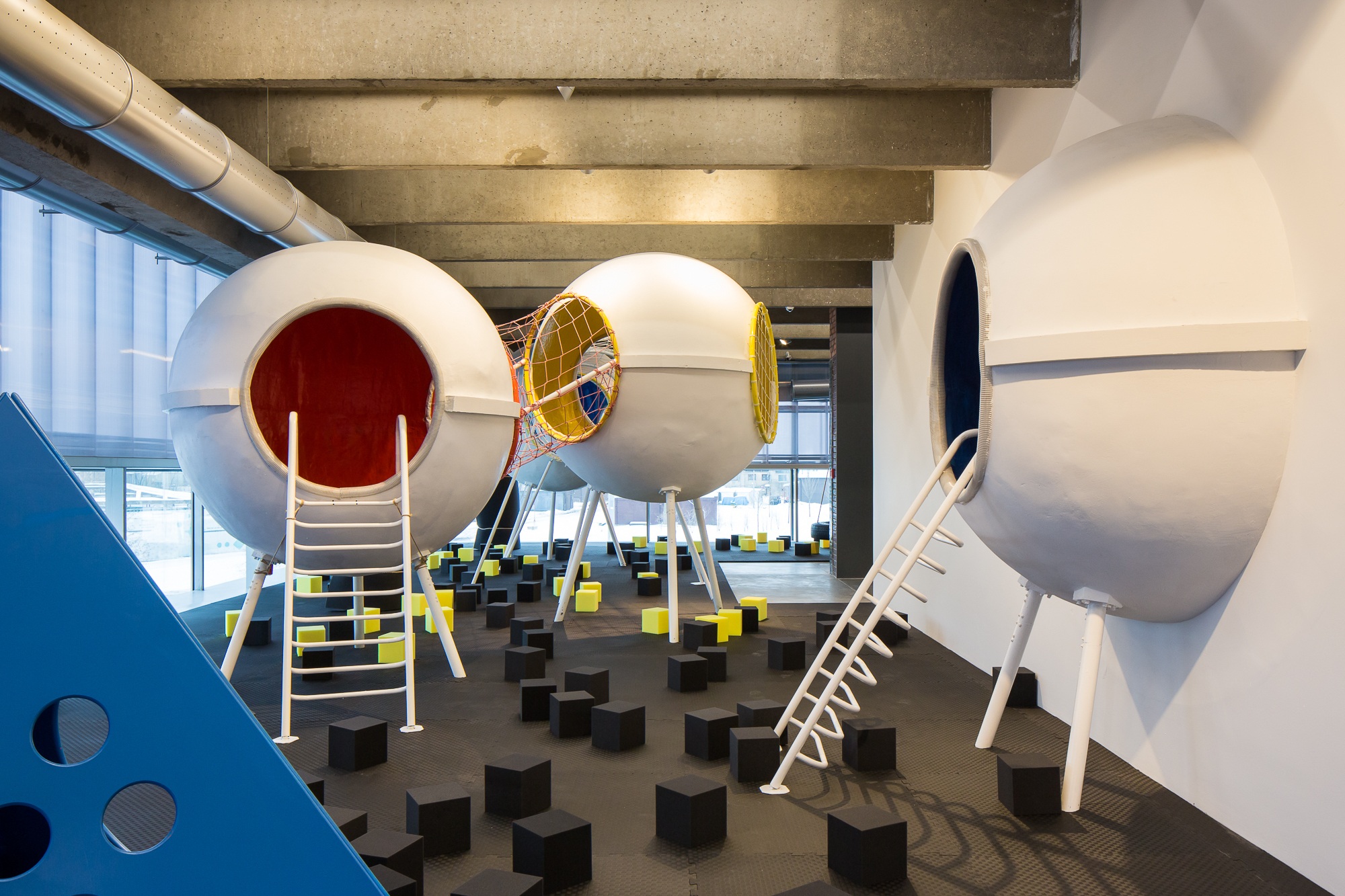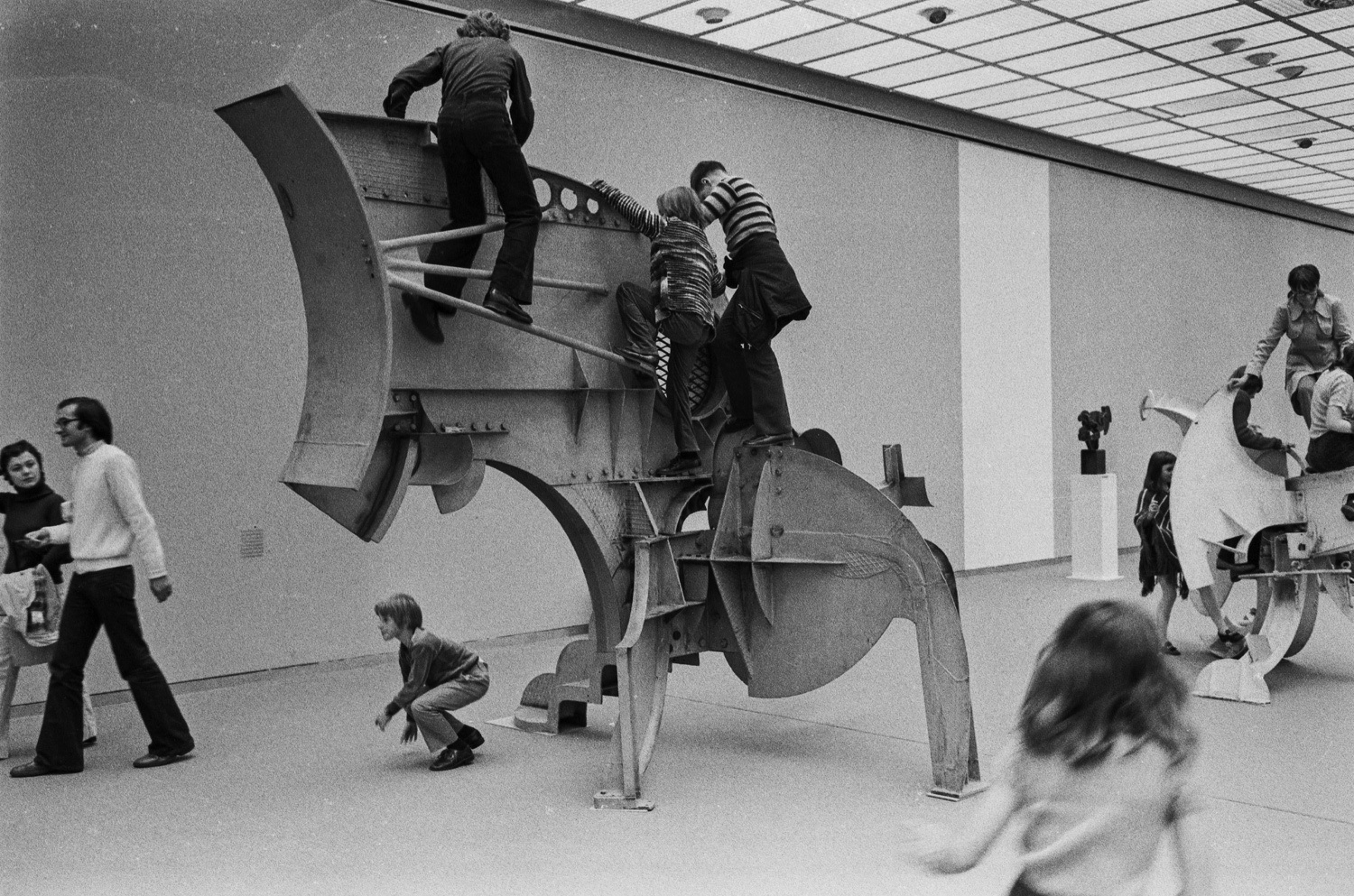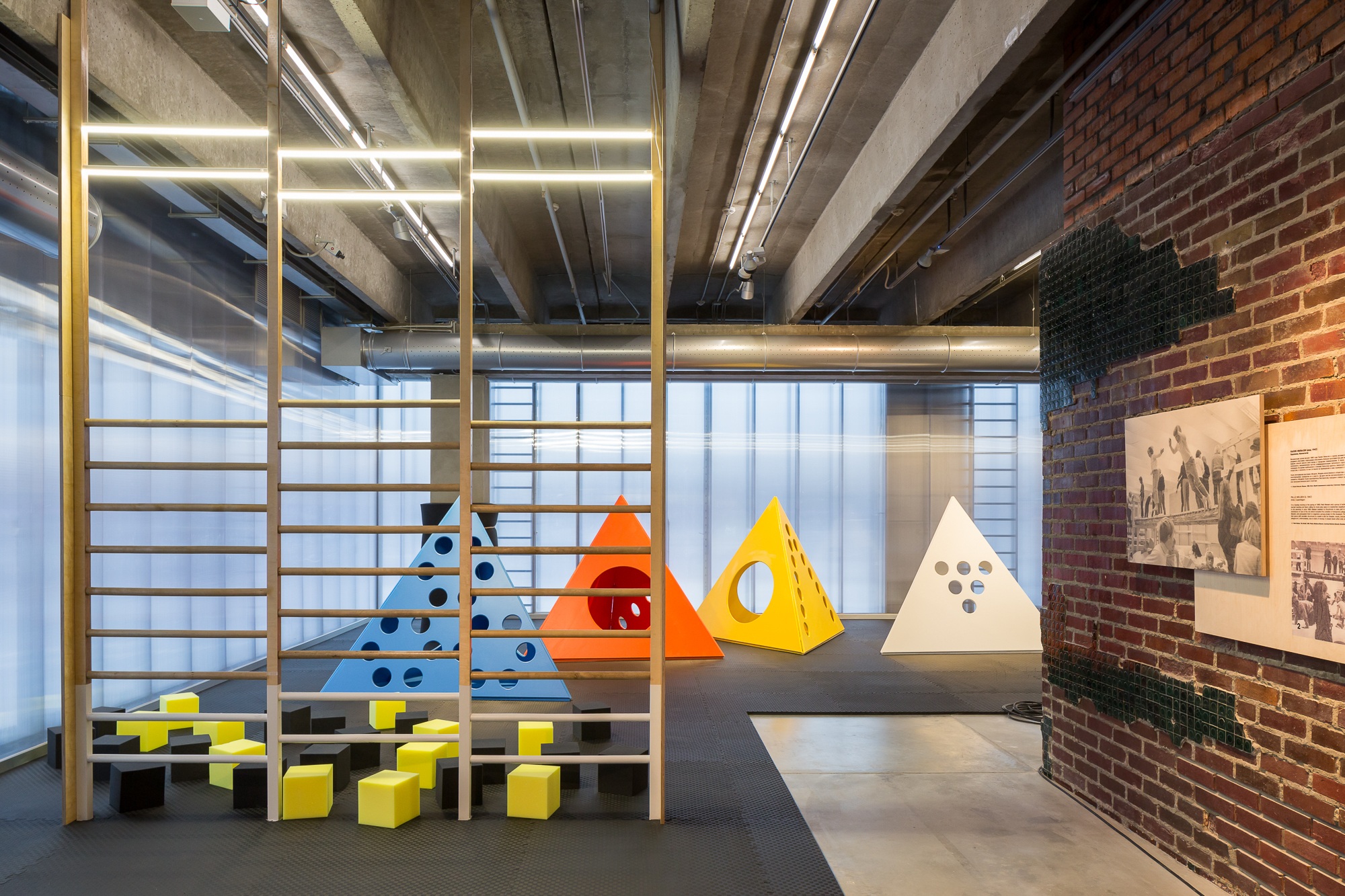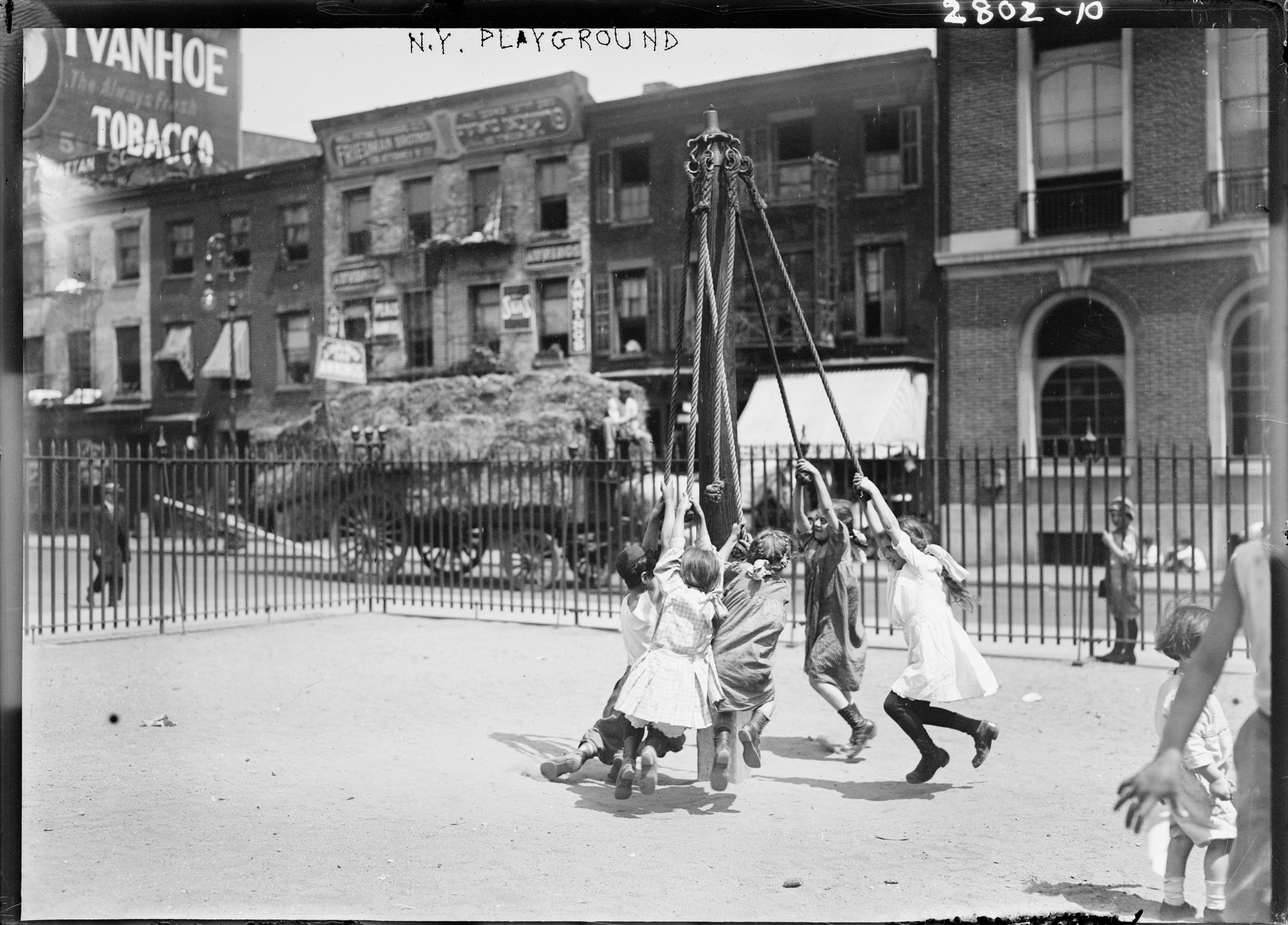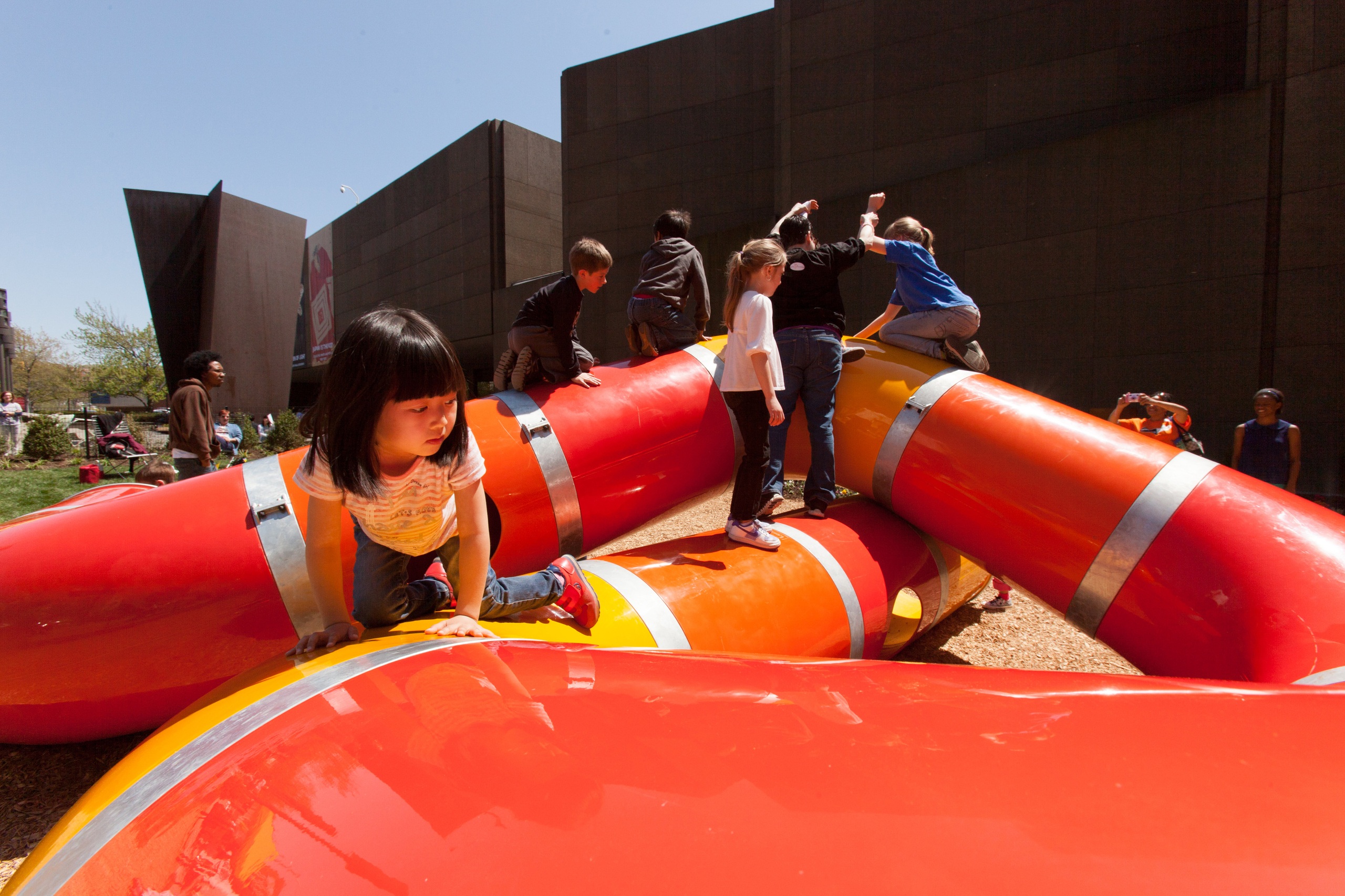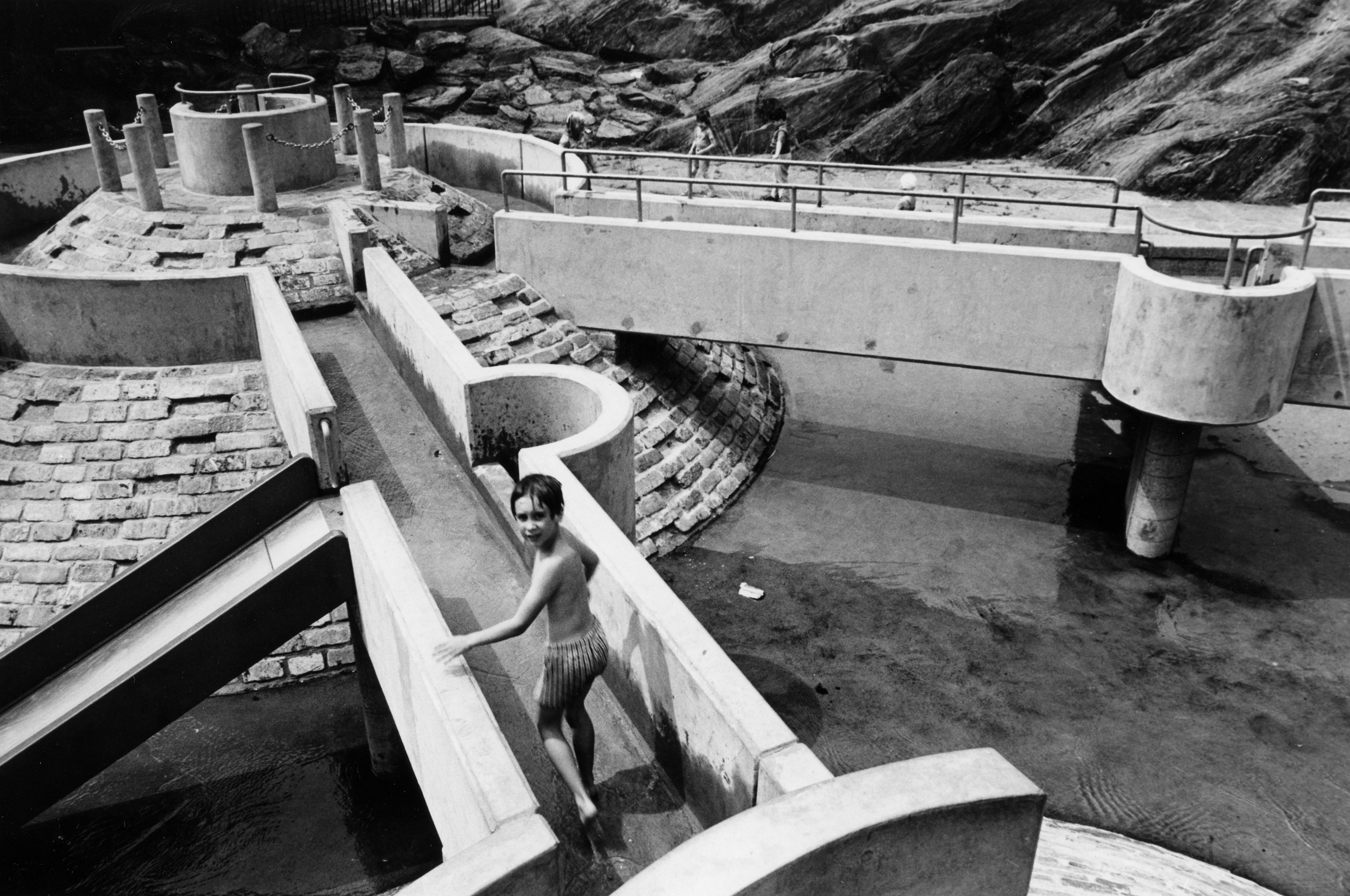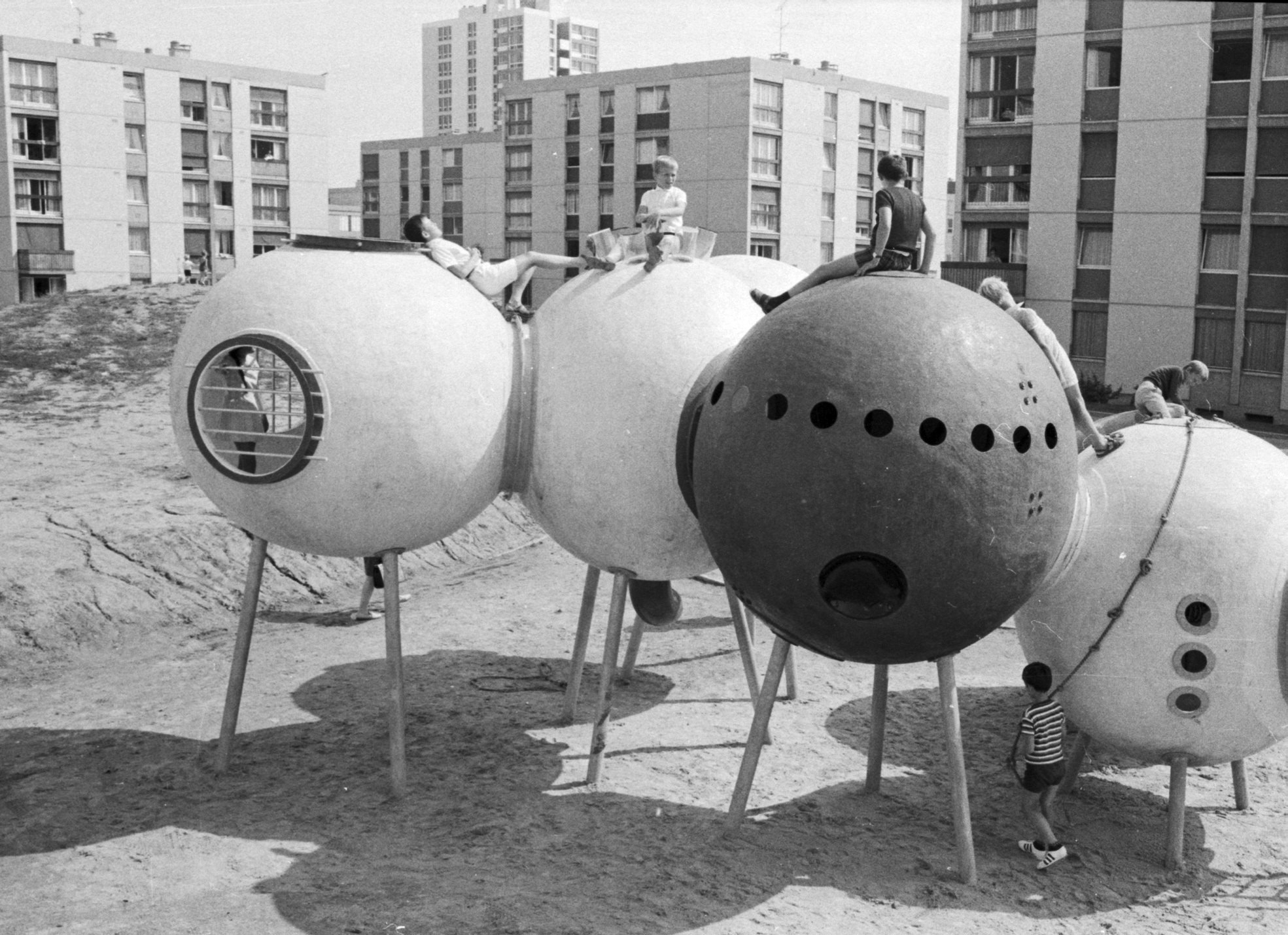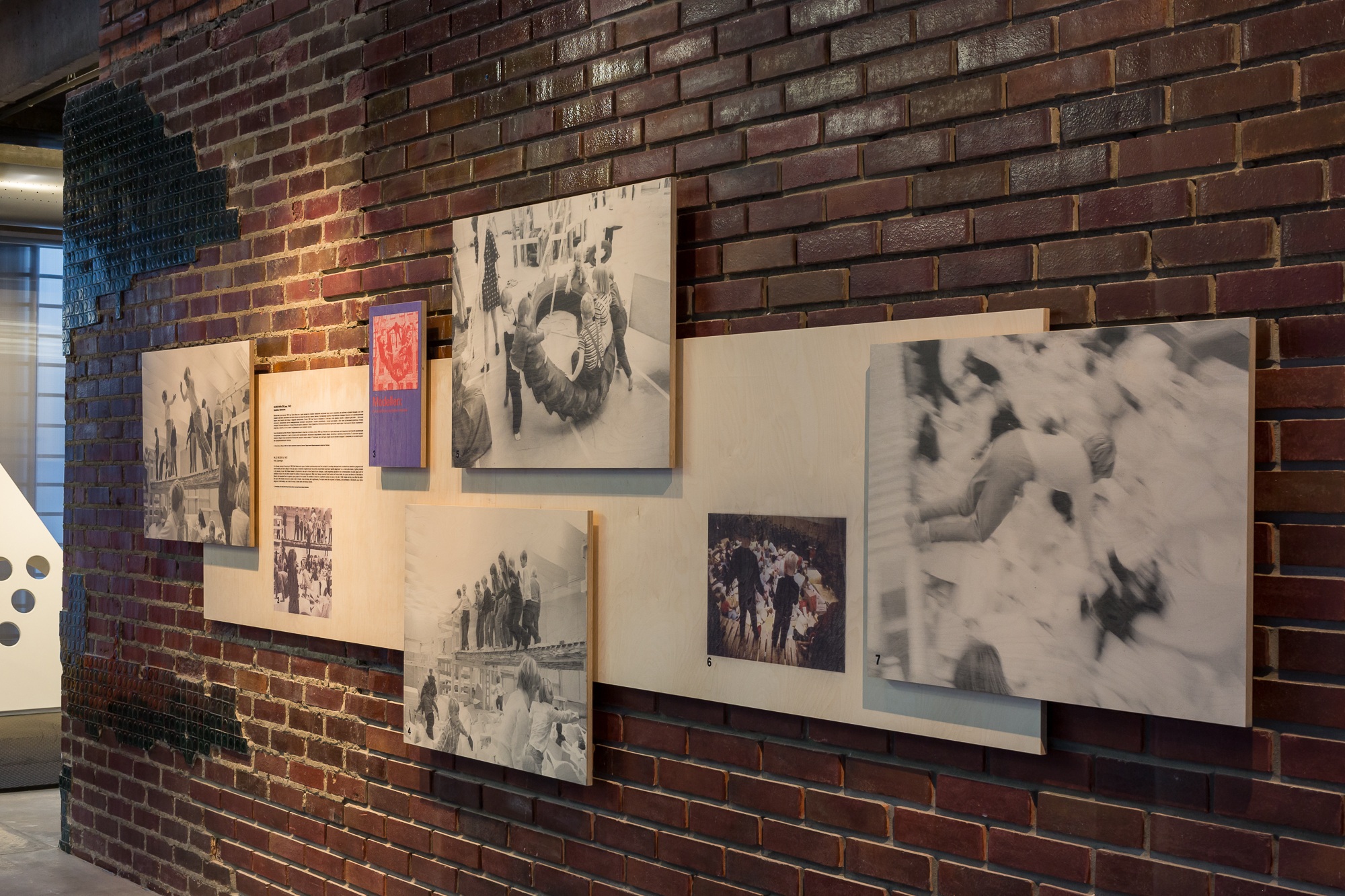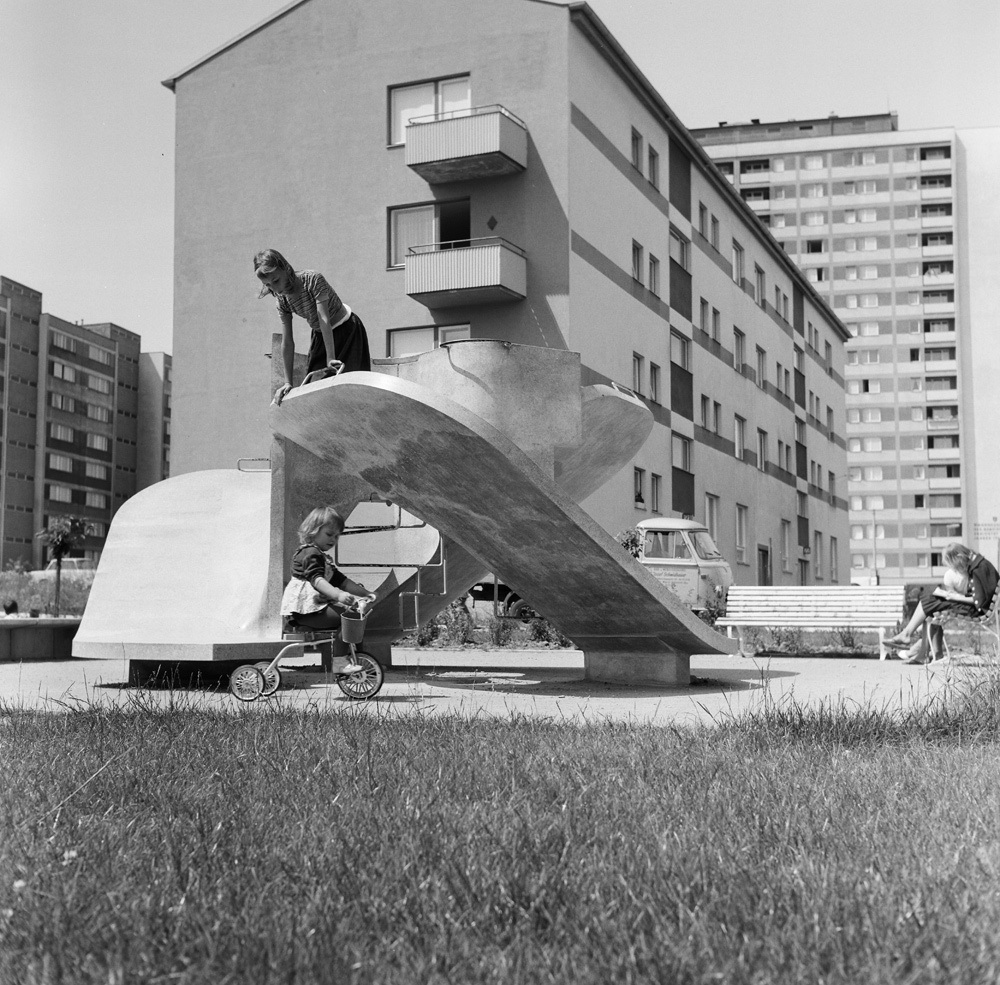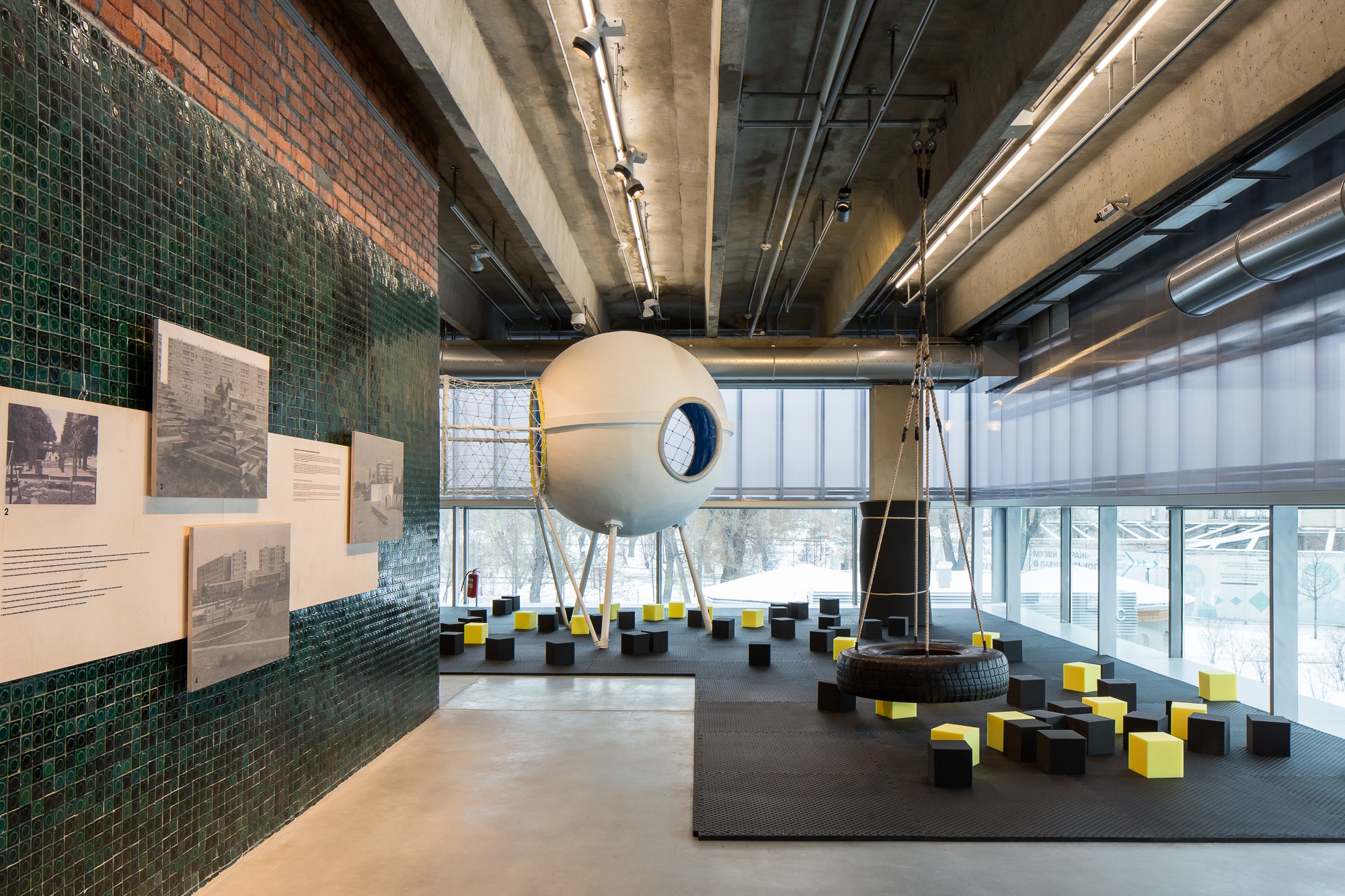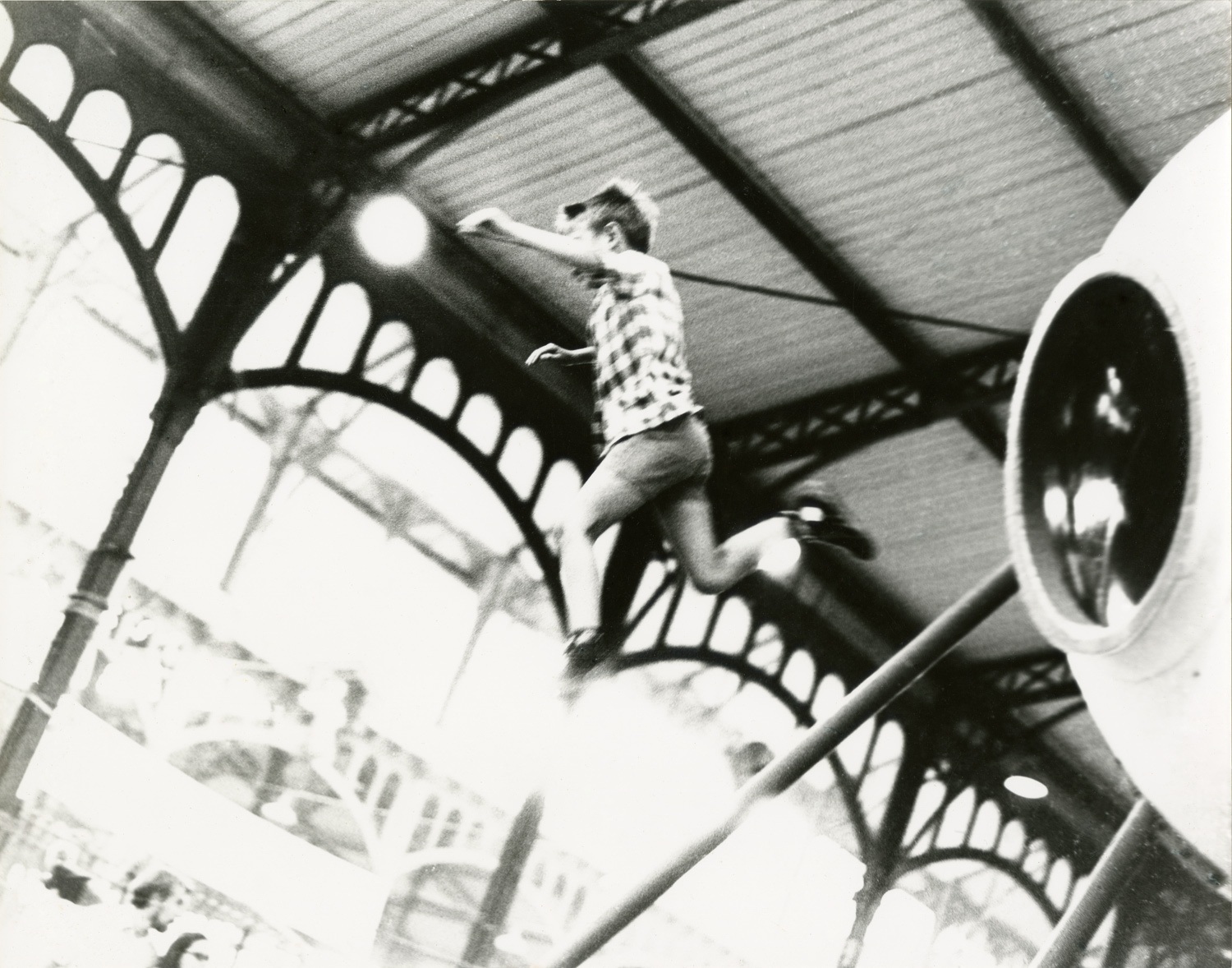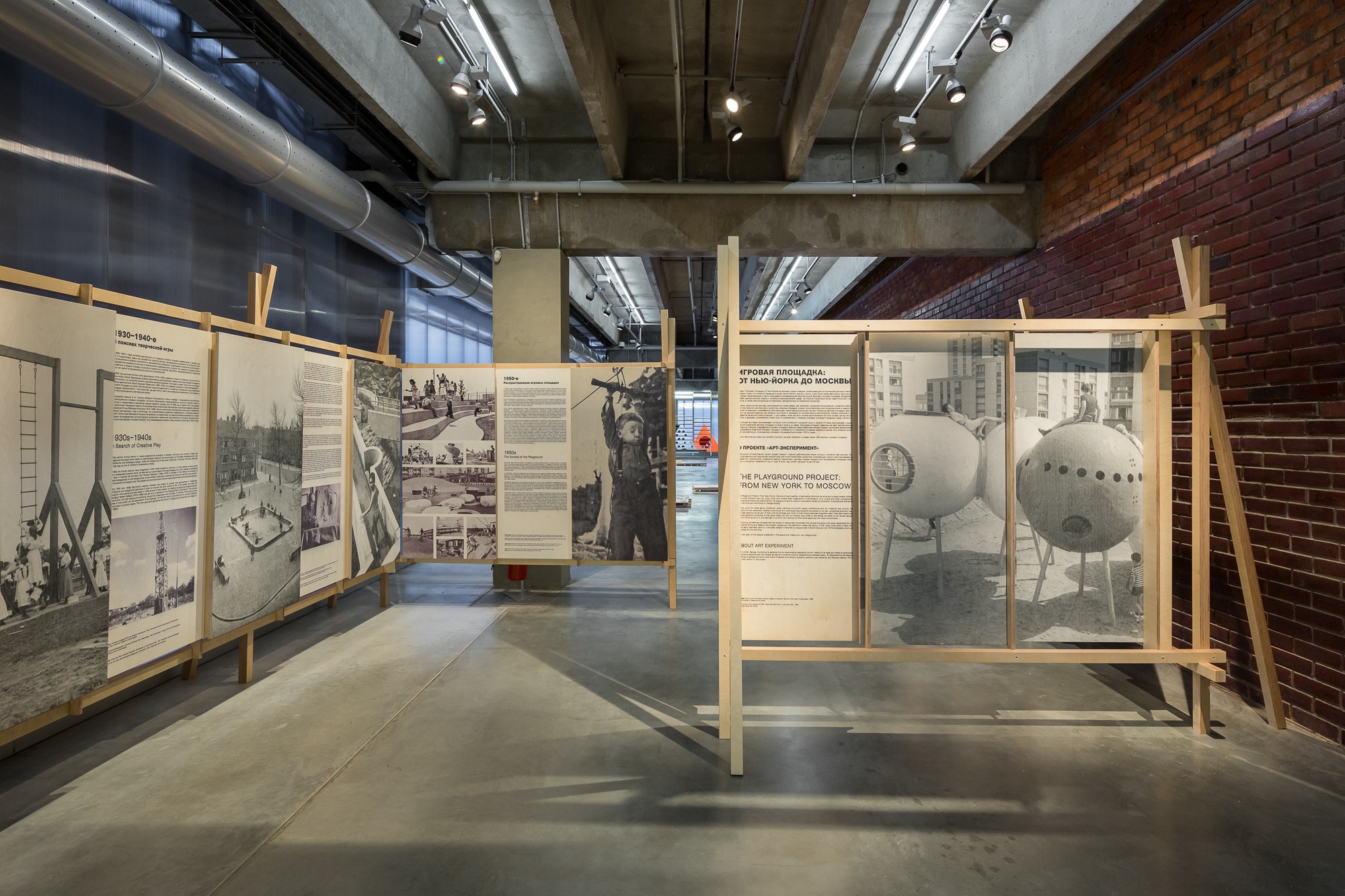Garage Museum of Contemporary Art presented the sixth annual interactive initiative, Art Experiment. This year it explored the outdoor playground for kids environment.
The exhibition is the Moscow edition of The Playground Project, created by Swiss curator and urbanist Gabriela Burkhalter whose research focuses on a unique and often unexpectedly innovative architectural phenomenon that unites in its creation and implementation the pragmatic understanding of current social-economic environment, constant rethinking of pedagogic standards, and revolutionary ambitions to change the society of the future—the outdoor playground for kids.
The project began several years ago and is based on the collection and analysis of information on playgrounds from all over the world, designed between the 1950s and the 1980s. During this time these specialist recreational zones were places for social experiments, challenging designs, and spectacular sculptures. Architects, urban planners, artists, parents, and children were invited to leave their comfort zone and venture into a new experience.
A focal point for ideas about education and childhood, about urban planning and public space, about architecture and art, about creativity and control, the playground has repeatedly resisted institutional and ideological appropriation and grown in its own, sometimes quite anarchic, ways. As hardly anyone sees playgrounds as part of their cultural heritage, much of their history has been forgotten or can barely be reconstructed—even if we often have quite precise personal memories of this niche where we met our friends, took pride in new things we dared to do, braved danger without thinking about it, and learned to confront and resolve conflicts while exploring the urban environment.
